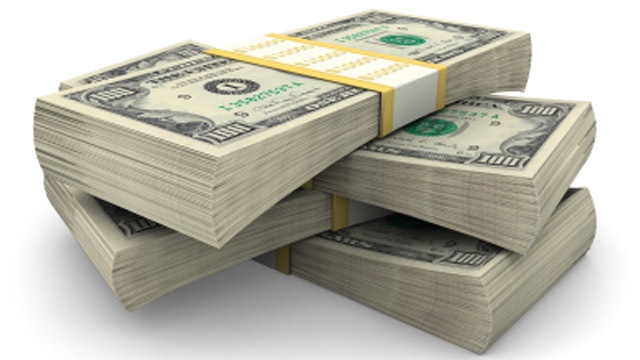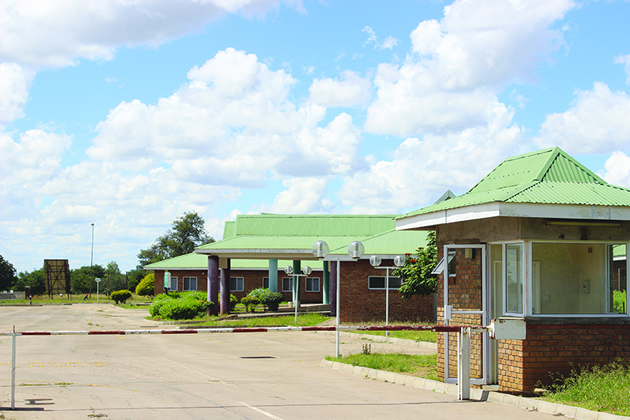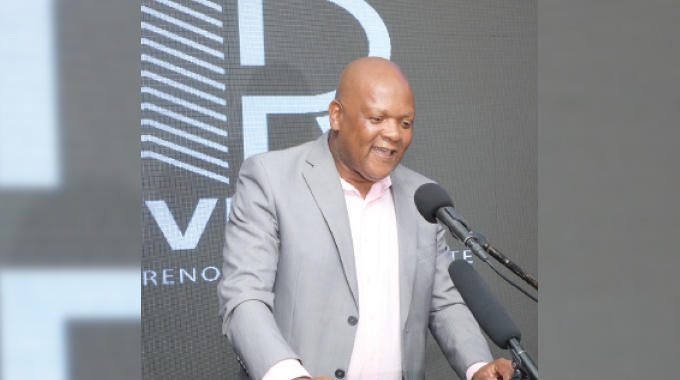Govt disburses $142 million for capital projects

Business Reporter
TREASURY disbursed $142 million towards capital and other development projects in the first three months of 2017 as Government continues to buttress economic goals under Zim-Asset.
According to the latest Treasury bulletin, the positive developments in agriculture and mining are extending stimulus to the rest of other sectors of the economy, providing overall positive growth prospects for 2017.
It noted that progress since presentation of the 2017 budget last December shows significant signs of economic improvements, with overall growth now projected at 3.7 percent in 2017, up from the original projection of 1.7 percent.
The review in growth projection is on account of better performance in agriculture following a good rainfall season and timeous financial support to the sector through combined efforts from Government, private players and development partners.
“Disbursements of $142 million were made towards capital and other development projects,” said Treasury.
The breakdown includes among others: $15 million for projects in the transport sector, $16.9 million for water and sanitation projects, $2.3 million for e-governance flagship projects and national data centre equipment installation, $2.3 million institutional housing projects, health and education projects as well as agriculture, Government vehicles, strategic grain reserves, shareholding in international organisations, to mention a few, which chewed more than $100 million.
During the period, employment costs constituted 67 percent of the $1.1 billion total expenditure, while interest obligations amounting to $41 million were paid in the first three months. The country’s exports grew by 16 percent to reach $723.8 million in the first quarter of 2017, compared to $625.2 million realised in the corresponding period in 2016. Major exports included tobacco at $203 million, gold ($182) million, ferro-chrome ($84 million) and nickel ($85 million). South Africa remained the biggest trading partner, with exports worth $561 million being recorded while Mozambique was the second at $87 million worth of exports.
Imports stood at $1.34 billion compared to $1.30 billion recorded in the corresponding period in 2016, representing a three percent increase. Major imports included fuels and grains. Fuel (diesel and petrol) imports stood at $293 million, down from $340 million imported in the corresponding period in 2016. Maize imports amounted to $119 million, whilst crude soya oil was $24 million.
The trade deficit for the first quarter narrowed to $614 million in 2017 compared to $675 million during the same period. The improvement in the trade gap is attributed to improved exports performance in 2017 although imports remain unsustainably high.
Experts say the trend requires further efforts on stimulating exports production, beneficiation and other competitiveness measures. On the financial services sector, Treasury reported that annual broad money, as measured by total deposits, increased by 20 percent, from $4.90 billion in March 2016 to $5.88 billion in March 2017. The increase has largely been attributed to an increase in demand and savings deposits of 27.9 percent.
Meanwhile, domestic credit increased by 17.5 percent to $7.92 billion in March 2017 from $5.88 billion in 2016 as Government continued to dominate the market. Consequently, net claims to central Government increased by 40.2 percent to $4.034 billion in March 2017 as credit to the private sector decreased by 0.3 percent from $3.5 billion in March 2016 to $3.49 billion in March 2017.
During the first quarter, the country received $180 million in Diaspora remittances through formal channels compared to $ 193 million in the corresponding period in 2016.
“The decline in diaspora remittances is partly attributed to the sluggish performance of the global economy as well as errors and omissions arising from conduct of remittances through informal channels,” said Treasury, adding that overall remittances are projected to reach $1.2 billion this year.
Government is confident that the macro-economic and fiscal developments in the first quarter point to improved growth in 2017.
“In addition, partial recovery in international mineral prices as well as viability gains from Government supportive interventions, through royalty reviews, are providing growth impetus to the mining sector,” said Treasury.











Comments